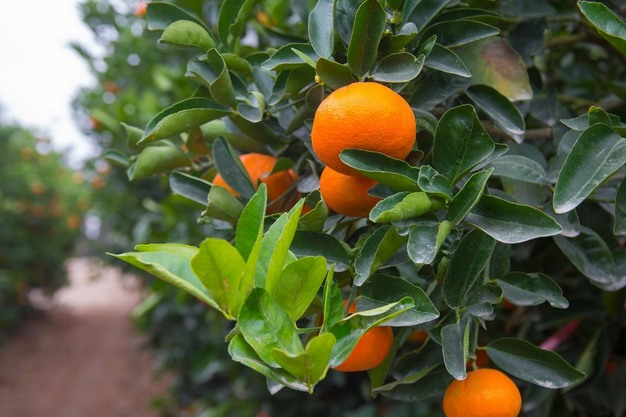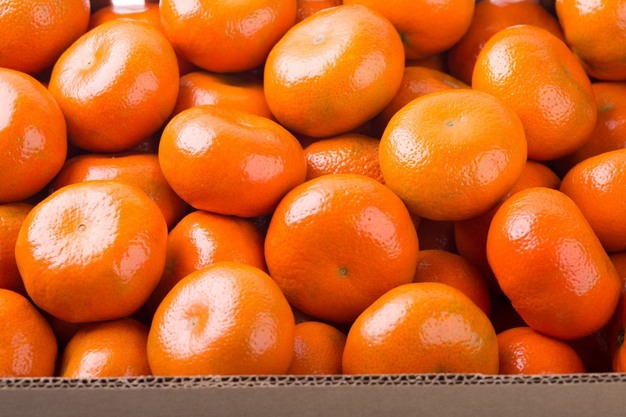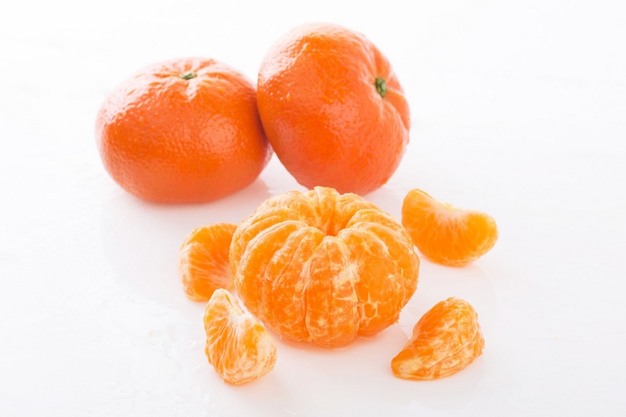According to data from PromPeru, Peruvian citrus exports continue to show sustained growth, both in value and volume. In the last five years (2020–2024), the export value has increased at a 5% average annual rate, while the volume has grown at a 3% rate. In 2024, Peru exported more than 301,000 tons of citrus for $357 million.
“The United States remains the main export destination, accounting for 52% of the total volume, followed by the Netherlands with 11%. The sector does not expect the new U.S. tariffs will harm demand in the 2025 season,” PromPeru stated.
 © PROMPERU
© PROMPERU
“Mandarins (including Primosole, Satsuma, and Clementines) accounted for 73% of all citrus exports. Tahiti lime accounted for 15%, with an average growth of 19% per year in volume between 2020 and 2024. In addition, citrus exports to Mexico, one of the world’s main producers, grew in volume at an average annual rate of 55%,” they said.
At the production level, the 2025 season shows signs of recovery after a challenging 2023. According to Procitrus, up to week 27, citrus shipments grew by 29% over the same period of last year (2024). The recovery of early varieties such as Satsuma (+88%), Primosole (+200%), and Nova (+112%) stands out.
 © PROMPERU
© PROMPERU
The Fruchincha company, located on the central coast of the country, confirms an improvement in the quality and volume of early varieties. However, they said, profitability margins are still tight. “Logistics costs and tariffs directly affect producers. Ten cents per kilo can make all the difference. In addition, the start of the season has also been difficult. The early season has been difficult for early fruit such as Satsuma and Primosole because of the overlap with Californian and Moroccan fruit,” the company stated.
In terms of destinations, Asia has shown a slight recovery, with a 103% growth in shipments to China and Japan through week 27. However, the long maritime transits – which exceed 30 days – affect the aesthetic quality of the citrus, reducing its competitiveness. As an alternative, the sector has strengthened the Central American market. Shipments to Central America have grown by 73% due to shorter transit times and better arrival conditions.
 © PROMPERU
© PROMPERU
Finally, Procitrus warns of the need to encourage new plantations. “There have been no significant new plantations since 2020. If investments are not made by 2025 or 2026, we could face stagnation in exports by 2030, as the current trees are at full productive maturity,” stated Sergio del Castillo, general manager of the association.
“Varietal diversification is also a priority. New patented varieties are being tested to fill a gap in the Peruvian supply in April and May, which countries such as Chile or South Africa manage to cover. Tahiti lime continues on the rise and could even reach 50,000 tons this year, consolidating itself as a product with strong international demand and local acceptance,” Del Castillo concluded.

For more information:
PromPerú – Directorate of Export Promotion
Tel: (+51) 979 367 355
Email: [email protected]
Source: The Plantations International Agroforestry Group of Companies
